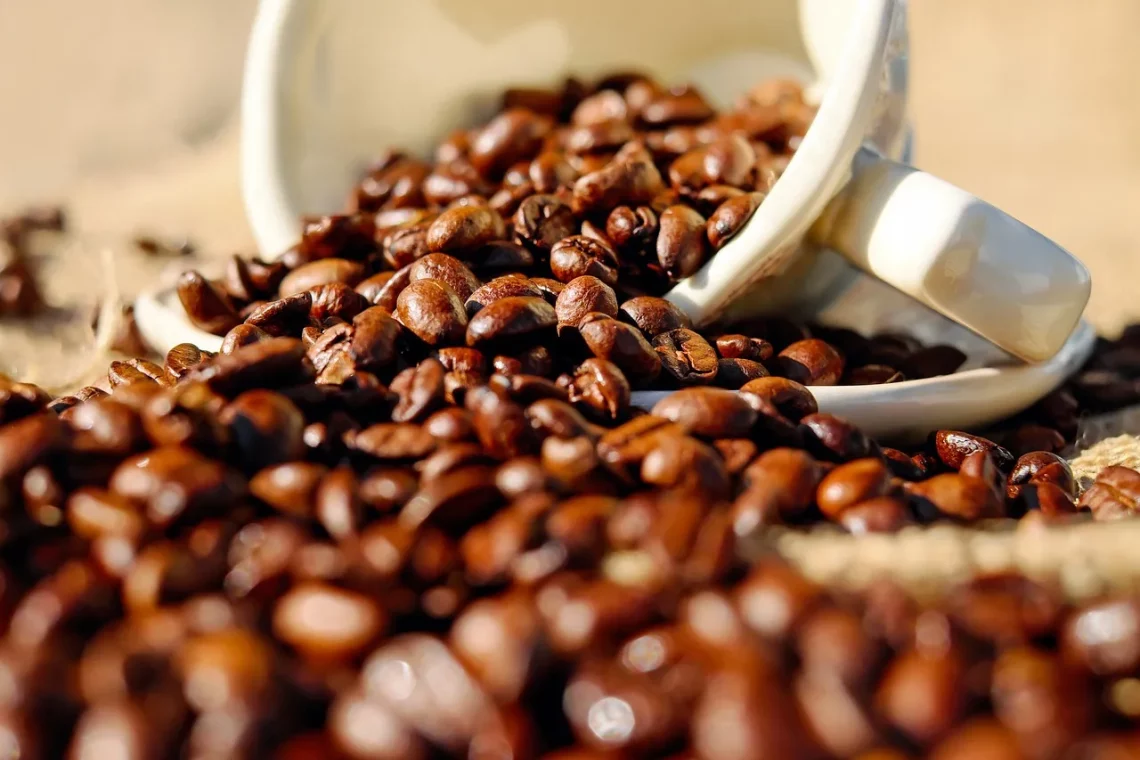
How Much Caffeine is in a Cup of Coffee?
Coffee is one of the most popular beverages worldwide, enjoyed by millions for its rich flavor and stimulating effects. For many, it serves as a daily ritual, a comforting companion during early mornings or late-night study sessions. The invigorating aroma and warm sensation of a freshly brewed cup can lift spirits and enhance focus. But what lies behind this beloved drink is a complex world of chemistry and biology, particularly the presence of caffeine, a natural stimulant.
Caffeine is often the reason people turn to coffee, as it can help increase alertness and combat fatigue. Its effects can vary significantly from person to person, influenced by factors such as individual tolerance, metabolism, and even genetic makeup. While some may thrive on a single cup, others might require multiple servings throughout the day to achieve the same stimulating effect. Understanding how much caffeine is typically found in a cup of coffee, along with the factors that affect its content, can empower coffee drinkers to make informed choices about their consumption.
In this exploration, we delve into the caffeine content of coffee, the variables that influence it, and how it compares to other beverages. Whether you’re a casual coffee drinker or a dedicated aficionado, knowledge about caffeine can enhance your appreciation of this iconic drink.
The Caffeine Content in Different Types of Coffee
When it comes to caffeine content, the type of coffee you consume plays a crucial role. A standard 8-ounce (240 ml) cup of brewed coffee typically contains between 80 and 100 mg of caffeine. However, this amount can vary significantly based on the brewing method, the type of beans used, and the serving size.
For instance, espresso, despite being served in smaller quantities (usually 1 ounce or 30 ml), packs a punch with approximately 63 mg of caffeine per shot. This means that espresso has a higher concentration of caffeine per ounce compared to brewed coffee. However, because espresso is often consumed in smaller quantities, the total caffeine intake might be lower than that from a larger cup of brewed coffee.
Another popular variation is cold brew coffee, which is made by steeping coarsely ground coffee beans in cold water for an extended period, typically 12 to 24 hours. Cold brew tends to have a higher caffeine content than regular brewed coffee, often ranging from 100 to 200 mg per 8-ounce serving, depending on the coffee-to-water ratio used during brewing.
Instant coffee is another option that many people enjoy for its convenience. On average, an 8-ounce serving of instant coffee contains about 30 to 90 mg of caffeine. This wide range results from varying brands and preparation methods.
It’s essential to consider that decaffeinated coffee, despite its name, isn’t completely free of caffeine. An 8-ounce cup of decaf coffee generally contains about 2 to 5 mg of caffeine. This small amount can still affect particularly sensitive individuals, underscoring the importance of understanding the nuances of caffeine content in different coffee types.
Factors Influencing Caffeine Levels in Coffee
Several factors contribute to the caffeine levels in coffee, making it a drink that is far from uniform in its stimulant properties. The type of coffee beans used is one of the most significant influences. Arabica beans, which are known for their smooth flavor, typically contain less caffeine than Robusta beans, which are often described as having a stronger, more bitter taste. Robusta beans can contain nearly double the caffeine of Arabica beans, making them a popular choice for blends aimed at maximizing caffeine content.
The brewing method also plays a critical role in determining the caffeine concentration. For example, methods that involve longer extraction times, such as French press or cold brew, often yield coffee with higher caffeine levels. Conversely, quick brewing methods like drip coffee or espresso may extract caffeine more efficiently but can result in lower overall caffeine content if the brewing time is short.
Additionally, the grind size of the coffee beans can impact caffeine extraction. Finer grinds expose more surface area to water, potentially leading to higher caffeine levels in the final brew compared to coarser grinds. This is an essential consideration for coffee enthusiasts looking to optimize their brewing process.
Serving size is another crucial factor. A standard cup of coffee is typically 8 ounces, but many coffee shops offer larger sizes that can contain significantly more caffeine. It’s not uncommon for a large cup to contain double the caffeine of a standard serving, especially if it’s made with a high-caffeine bean or brewing method.
Lastly, individual metabolism affects how caffeine is processed in the body, which can influence how one feels after consuming coffee. Some people metabolize caffeine quickly, while others may experience prolonged effects, making understanding personal tolerance levels essential for responsible consumption.
Comparing Caffeine Content: Coffee vs. Other Beverages
Coffee is often compared to other popular caffeinated beverages, such as tea, energy drinks, and soda. Each of these drinks has its unique caffeine profile, which can influence consumer choices.
For instance, an average cup of black tea contains about 40 to 70 mg of caffeine per 8-ounce serving, significantly less than a typical cup of coffee. Green tea, known for its numerous health benefits, generally contains even less caffeine, ranging from 20 to 45 mg per cup. The presence of the amino acid L-theanine in tea can also moderate the effects of caffeine, providing a more gradual energy boost compared to the sharper spike often associated with coffee.
Energy drinks can vary widely in caffeine content, with some containing as little as 50 mg and others exceeding 300 mg per serving. This variability can make energy drinks a potent source of caffeine, but consumers should be cautious due to the presence of additional stimulants and high sugar levels in many brands.
Soda is another common source of caffeine, particularly colas, which typically contain about 30 to 50 mg of caffeine per 12-ounce serving. While this is significantly lower than coffee, the high sugar content in sodas can lead to a quick energy crash, contrasting with the more sustained boost many coffee drinkers experience.
For those seeking an alternative to traditional coffee, options like matcha or yerba mate can offer different caffeine experiences. Matcha, a powdered form of green tea, can contain about 70 mg of caffeine per serving but also delivers a range of antioxidants. Yerba mate, a traditional South American drink, contains roughly 30 to 50 mg of caffeine per cup, along with various vitamins and minerals.
Ultimately, understanding the caffeine content across different beverages can help individuals make more informed choices about their consumption habits.
Understanding Caffeine Sensitivity and Consumption Guidelines
Caffeine sensitivity varies widely among individuals, influenced by genetics, lifestyle, and overall health. Some people can consume several cups of coffee without any adverse effects, while others may experience jitters, anxiety, or insomnia after just one cup. This variance underscores the importance of personal awareness regarding caffeine consumption.
For most healthy adults, moderate caffeine consumption—defined as 200 to 400 mg per day—is generally considered safe. This amount translates to about 2 to 4 cups of brewed coffee, depending on the caffeine content of the specific brew. However, pregnant individuals or those with certain health conditions should consult healthcare professionals for personalized guidelines.
It’s essential to listen to your body and recognize signs of overconsumption, which can include restlessness, increased heart rate, or digestive issues. Reducing caffeine intake gradually can help mitigate withdrawal symptoms, such as headaches or fatigue.
Incorporating caffeine into a balanced diet can offer several benefits, such as improved cognitive function and enhanced physical performance. However, it’s crucial to maintain moderation and be mindful of potential interactions with medications or existing health issues.
As always, if you have specific health concerns or questions about caffeine consumption, consult with a healthcare professional for personalized advice.
**Disclaimer:** This article is not intended as medical advice. Consult a healthcare professional for any health-related inquiries or concerns.




